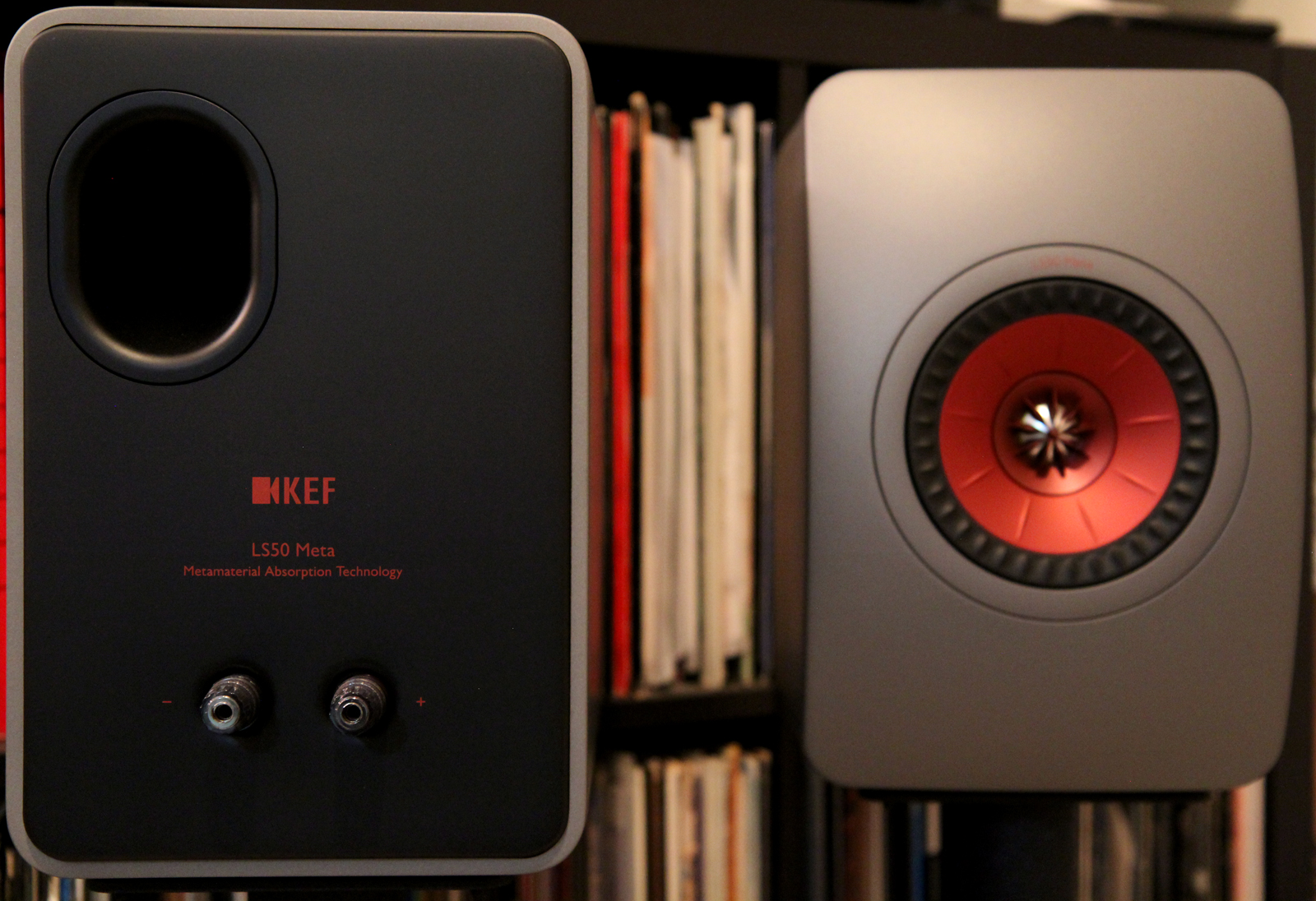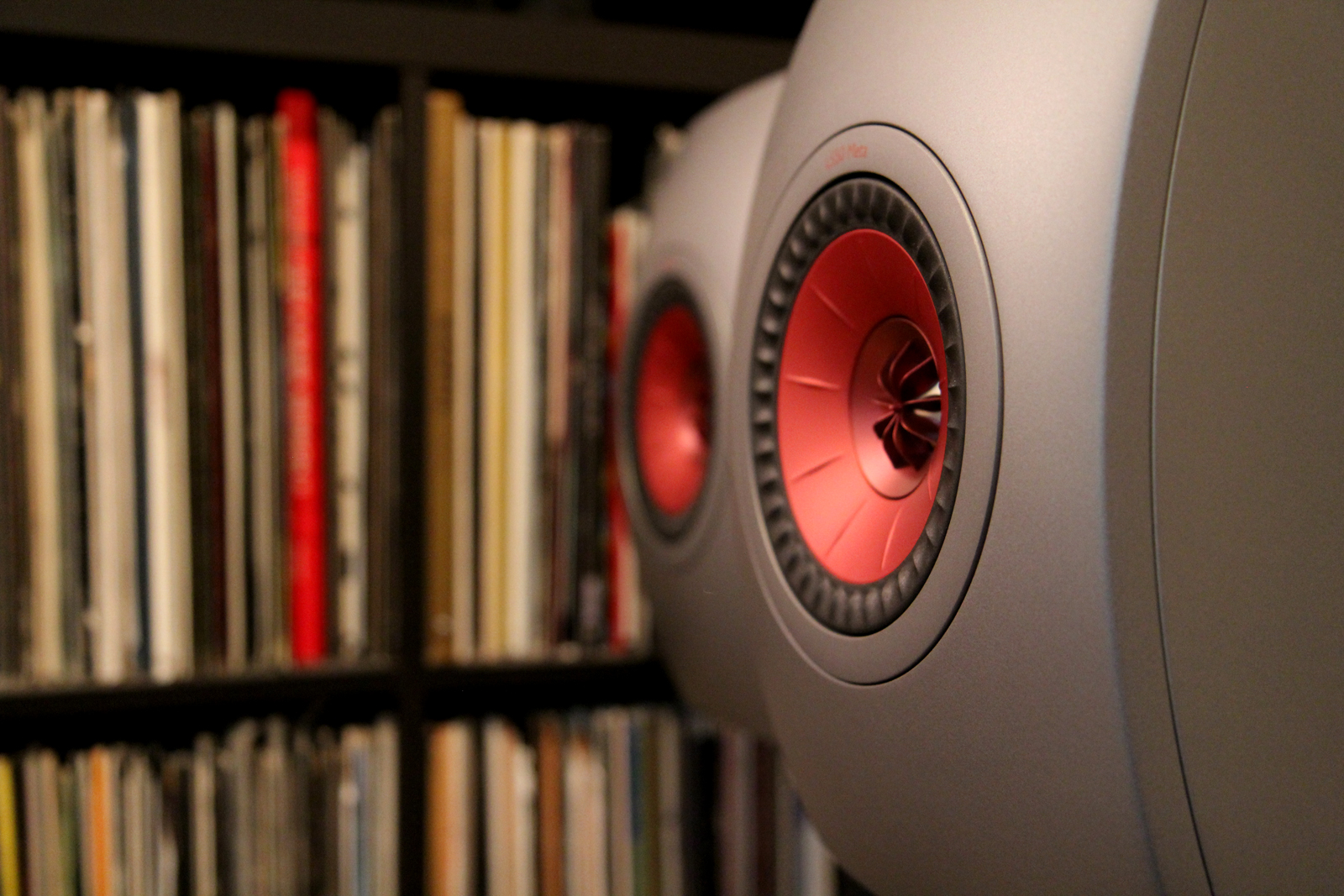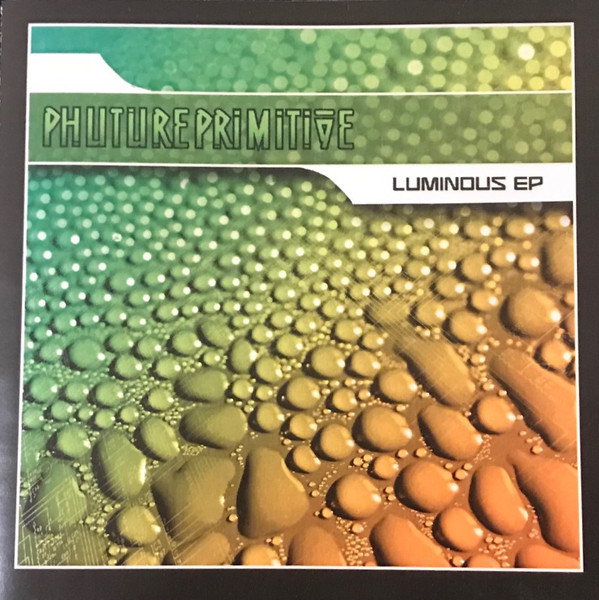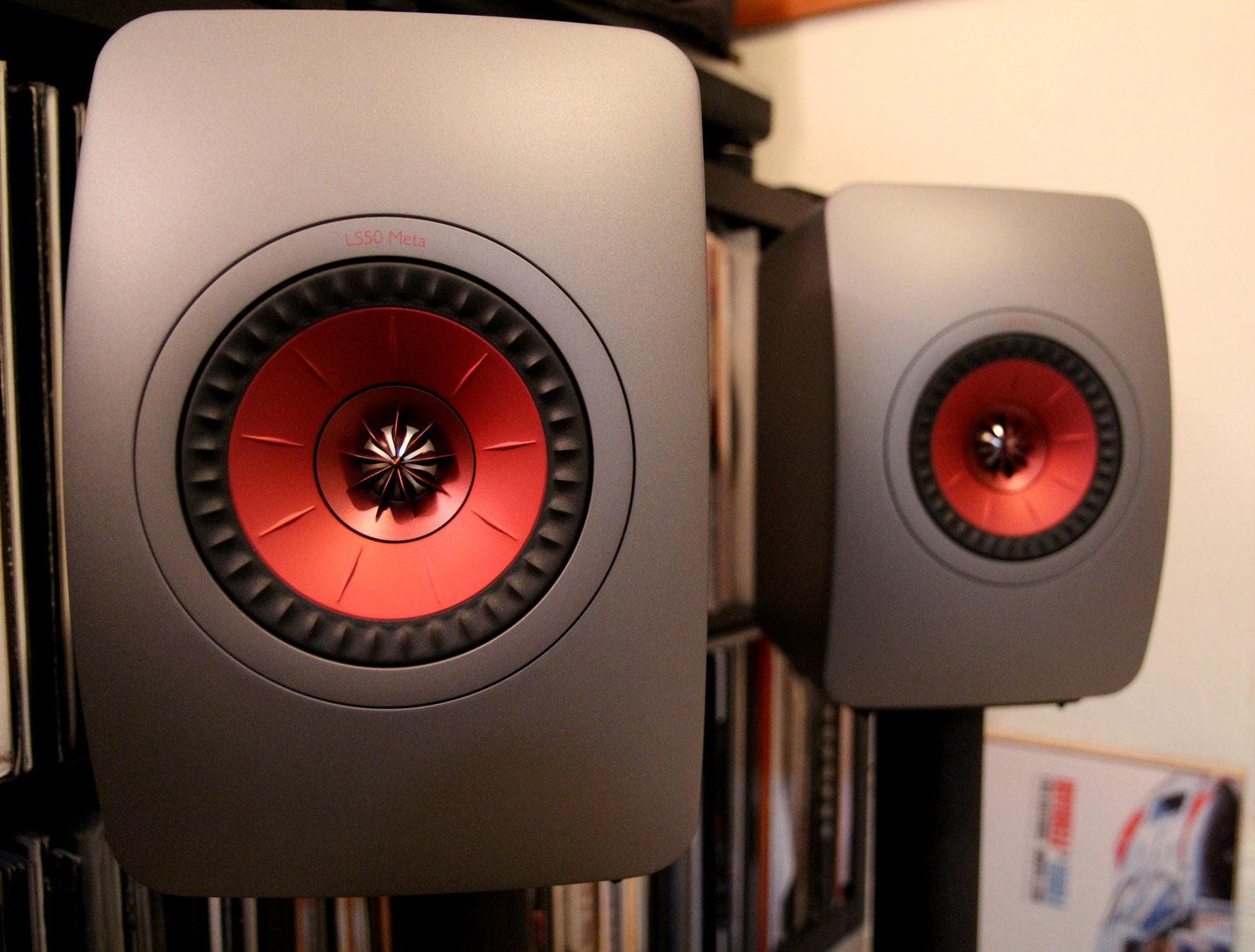Since the KEF LS50 Meta’s launch in September 2020, these compact speakers have garnered overwhelmingly positive reviews. Having never heard the impressive KEF LS50 outside of audio shows, I decided to buy a pair of LS50 Metas in Titanium Grey ($1,599) to listen to what was so special about the latest generation of KEF’s LS50 bookshelf loudspeaker.
In addition to an optimized cabinet design along with a new cone-and-motor system for the Uni-Q driver, the standout “Meta” namesake feature is the addition of Metamaterial Absorption Technology. This acoustic labyrinth acts like a variably tuned Helmholtz resonator, designed to absorb unwanted frequencies radiating from the driver’s backside. KEF’s implementation of this new technology reduces distortion and resonances emanating from the driver. Less distortion means you’re able to get closer to the music you love. I decided to pursue this rationale and put the LS50 Metas into the purest signal chain I possibly could.
Unboxing and Appearance
Aesthetically, I think these speakers are gorgeous. KEF has opted for modern design and finish options so you won’t find any real-wood veneers, nor do they ship with grilles. However, they’re available in Carbon Black, Mineral White, Royal Blue, and Titanium Grey which means you’ll likely be able to find a color combination that looks good in your room.
The Titanium Grey color is lighter than it appears in KEF’s marketing photos, and the quality of the finish is flawless. The contrasting color of the red driver is striking and demands your attention. Pictures simply don’t do these futuristic-looking speakers any justice.
Test Setup and Initial Impressions
Furthering the trend of removing bottlenecks and maximizing performance, I connected the LS50 Metas to my most transparent and highest-resolution equipment. My sources alternated between an Aurender A100 and an Auralic Vega G1, both streaming Tidal & Qobuz. Those fed into a Benchmark LA4 preamp, connected to the company’s matching AHB2 power amplifier.
They sounded better than I expected upon first listen, especially for the price. I heard plenty of microdetails and subtleties, along with tangible three-dimensional imaging. This expansive imaging effect was immediately noticeable and served to grab and keep my attention locked into the music. The bass response was outstanding, especially given the enclosure’s small size. Low frequencies were linear, even as they descended from 100hz to approximately 40hz. There was no artificial bloat or boost, even when I placed the rear-ported cabinets only a foot from the front wall.
As I listened longer, I heard some deficiencies which aren’t uncommon with brand new speakers. The treble sounded peaky and flat when I raised the volume to 85-90db. Certain elements of the midrange sounded metallic, reminding me I was listening to aluminum-cone drivers. While the overall sound quality was striking, the coherency wasn’t there. It was as if each sound was leaving the speakers separately rather than in a musically cohesive way.

Break-In and Further Listening
I let the speakers play at background levels for two weeks, with occasional critical-listening sessions mixed in. Inconsistent performance from brand new speakers isn’t unusual, so I typically don’t discuss break-in times, but it’s worth mentioning here due to the notable changes I noticed.
It wasn’t until the 120-hour mark that I noticed changes in the LS50 Meta’s overall presentation. The peaky treble and metallic sheen in the midrange had completely subsided. Instead, the individual elements of sound within the music sounded smoother and more unified. I don’t mean specific details were becoming homogenized, but the sound no longer had a disjointed and stiff characteristic. The bass response remained unchanged, which was unusual to me since that’s one area that typically improves with break-in.
Additionally, transparency and openness improved, which allowed me to easily discern the obvious sound quality differences between the Aurender A100 and the Auralic Vega G1. The Aurender presented an intimate, detailed, and accurate sound, with plenty of layering and depth to get lost in. Switching to the Auralic, the sound expanded horizontally and became raucous and lively, with a sensation of motion and movement. It was satisfying to know the LS50 Metas weren’t acting as a bottleneck whatsoever, allowing me to hear the full performance of my reference streamers.
The LS50 Meta drivers and crossovers require well over 100 hours of playtime for their full potential to be realized. More so than other speakers I’ve reviewed previously, it’s necessary to give these LS50 Metas extended playtime before reaching a conclusion about their sound quality.

Taking a Musical Journey
As I listened, I kept returning to a few specific songs whose performance through the LS50 Metas engaged me on an emotional level.

Phutureprimitive – Luminous:
The countless layers of sound inside this ethereal and flowing song are anchored by Alyssa Palmer’s center-locked vocals. The undulating bassline and crunchy textured synthesizer lead play off each other’s forward momentum. Spatial queues were pronounced, and the crisp percussion never sounded obscured or veiled. The LS50 Metas successfully organized each musical element and presented this arresting composition as one cohesive journey.

Juno Reactor – Song For Ancestors:
Like something from a Cirque du Soleil show, this downbeat song combines foreign language rhythmic chanting, organic drum-circle style percussion, and an eerie melodic flow. I relished in the subtle rise and fall of the percussive elements, as the synthetic sitar and didgeridoo in the background kept my focus. At 5:40 when the acoustic guitar lead comes in, I was impressed by the realism I heard from this 20-year-old recording. Listening to this song through the Metas gave me goosebumps, watery eyes, and eight minutes of decadent indulgence.

Charlie Hunter – Someday We’ll All Be Free:
Going back to basics, in this case, Mr. Hunter playing a custom-made 7 string guitar, is a useful way to hear exactly what a speaker is capable of. This intimate recording is the personification of the phrase “less is more.” Equally important as the notes and the progression of the simple rhythms are the blackness and space between them. The subtle decay of the guitar strings as they faded away gracefully demonstrated the air and nuance of the LS50 Meta’s tweeters. This was true HiFi sound without being harsh or analytical.
Conclusion and Value
The popularity and praise for these speakers are rightfully deserved. After paying the full retail price, I do not have any buyer’s remorse. However, if these were priced more aggressively at, say, $999 they would be truly spectacular. Even at $1,200, I would consider them an exceptional value. At $1,599 I would like to have seen higher quality binding posts and crossover components. However, from a pure price-to-sound-quality perspective, it’s hard to make an argument against the KEF LS50 Metas.
They do a lot of things right and aren’t fussy with placement or setup. They provide a true audiophile presentation without being etched or forward. They also work well with a wide variety of music. No matter what genre you prefer you’ll gain a new appreciation for it through these speakers. Highly recommended for smaller rooms where full tower speakers aren’t feasible.
KEF’s reengineering of the LS50 into this latest Meta iteration was a success. The pleasurable musical cohesiveness, engaging and expansive sound, and solid well-defined bass all served to bring me closer to the music I love.
Price: $1,599.00


Thank you for the great review! I have been considering these KEFs and Triangle Comete EZ. Unfortunately it is not possible for me to compare them directly to each other.
I saw your very enthusiastic review of Triangle Comete EZ and wonder what is your opinion and which model would you recommend?
Would love to hear/read this comparisons as well.